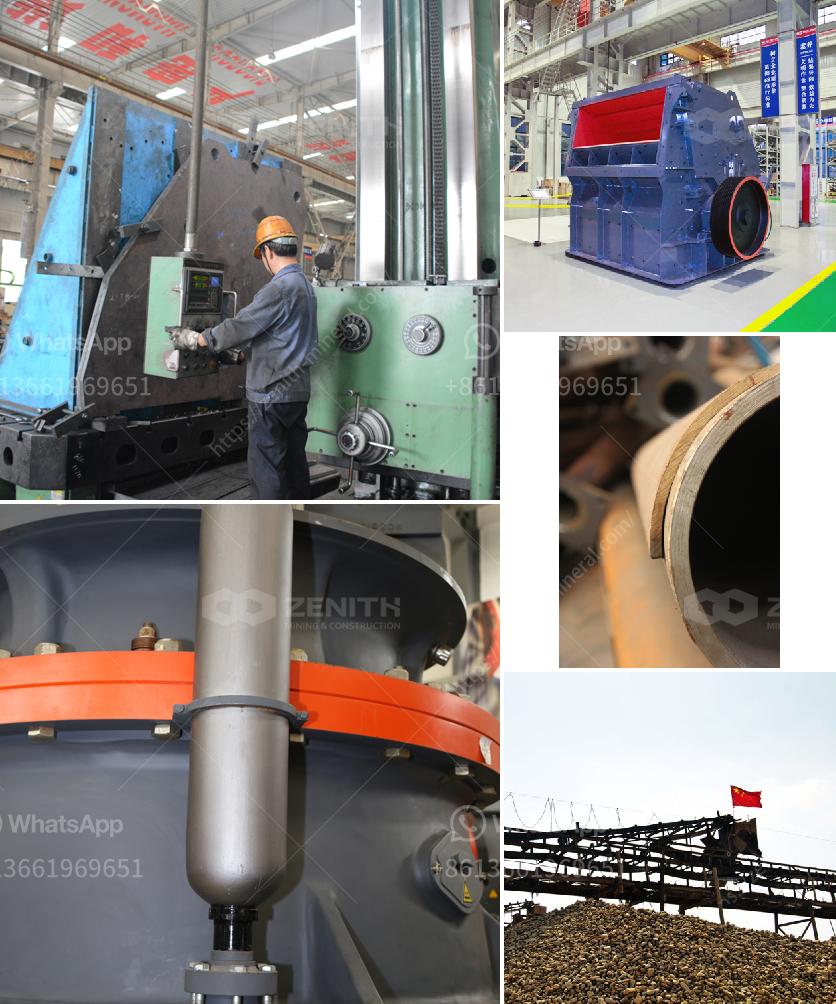Mining galena, which is the primary ore of lead, involves several steps. Here's an overview of the process:
-
Exploration and Prospecting:
- Geologists conduct surveys to locate ore deposits using techniques such as geochemical analysis, geophysics, and exploratory drilling.
-
Blasting and Drilling:
- Once a viable deposit is identified, drilling and blasting are carried out to break up the rock containing the galena. This involves using explosives to create fractures in the rock.
-
Ore Extraction:
- The broken rock is then loaded and transported to the surface using heavy machinery. This can be done through open-pit mining or underground mining, depending on the depth and location of the orebody.
-
Crushing and Grinding:
- The extracted ore is crushed and ground to separate the mineral from the waste rock. This reduces the size of the ore particles and prepares it for further processing.
-
Concentration:
- The ground ore is subjected to a concentration process, typically using froth flotation. In this process, chemicals are added to the crushed ore and air bubbles are used to separate the galena from other minerals.
-
Smelting:
- The concentrated galena is then smelted in a furnace. This involves heating the concentrated ore to high temperatures to separate the lead from other elements and impurities.
-
Refining:
- The lead produced from the smelting process may contain impurities like silver and other metals. Refining processes such as electrolysis or the Parkes process are used to purify the lead.
-
Environmental Management:
- Throughout all stages of mining and processing, environmental management practices are implemented. This includes managing waste, controlling pollution, and rehabilitating mined areas.
Mining galena is a resource-intensive process that requires careful planning and execution to minimize environmental impact while efficiently recovering the valuable lead ore.


